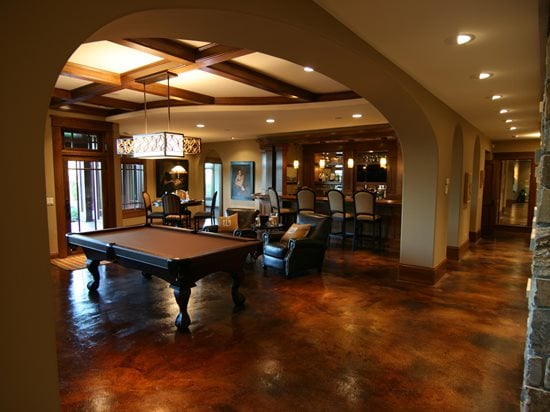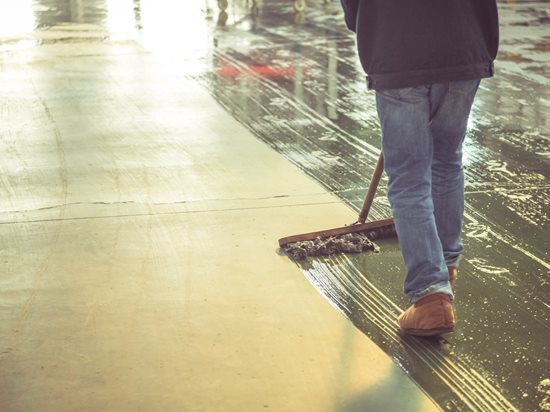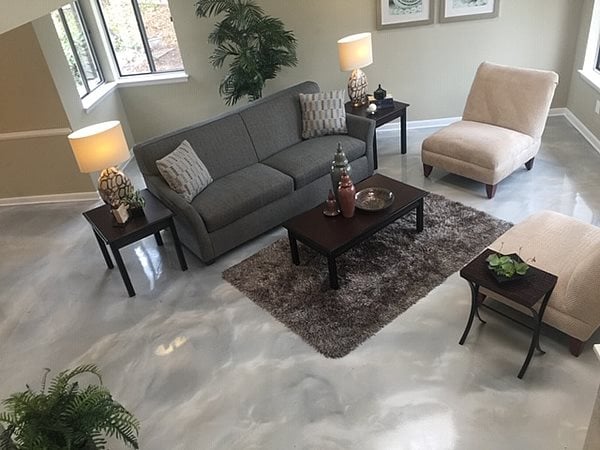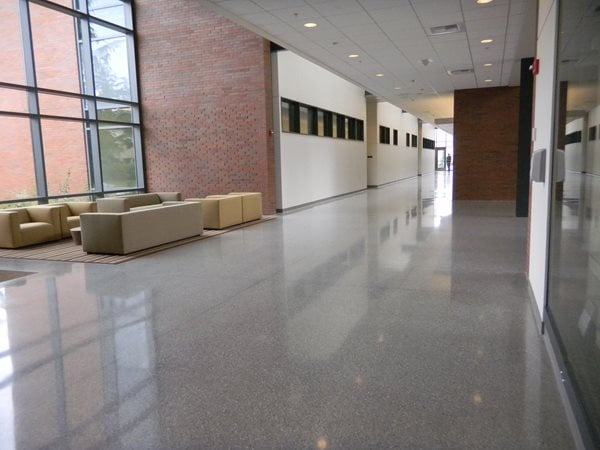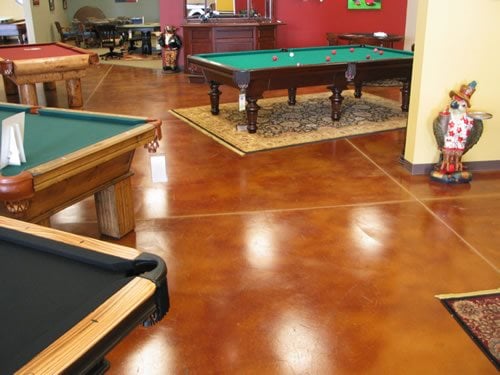No type of flooring material is truly maintenance free, and the same holds true for decorative concrete. Concrete floors are relatively easy to clean when compared with other types of flooring, especially carpet, but they do require regular attention. How much maintenance your floor will need largely depends on the amount of traffic it receives.
Concrete cleaning contractors near me.
Some of the many maintenance-related advantages to concrete flooring are:
- No joints, grout lines or fibers to trap dirt.
- Stain, water, and abrasion resistant when properly sealed.
- Pet-friendly, easy clean-up for muddy paws and accidents.
- Simple cleaning of dry or damp mopping.
- Minimal routine maintenance of reapplying sealer every few years.
How to Clean Concrete Floors
People who have concrete flooring love how quick and easy it is to clean. The basic steps are as follows:
- Dust mop, vacuum or sweep to remove dirt and debris from the floor
- Damp mop with a pH-neutral cleaner and clean water
- Let the concrete dry before allowing foot traffic or replacing rugs
- Reapply sealer or floor wax as needed for a protective coating
Tip: Clean spills from the floor as quickly as possible so they don't stain the surface.
Basic cleaning is easy to do yourself, but if your project requires special attention, hire a professional.
